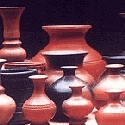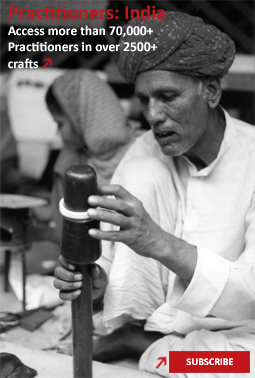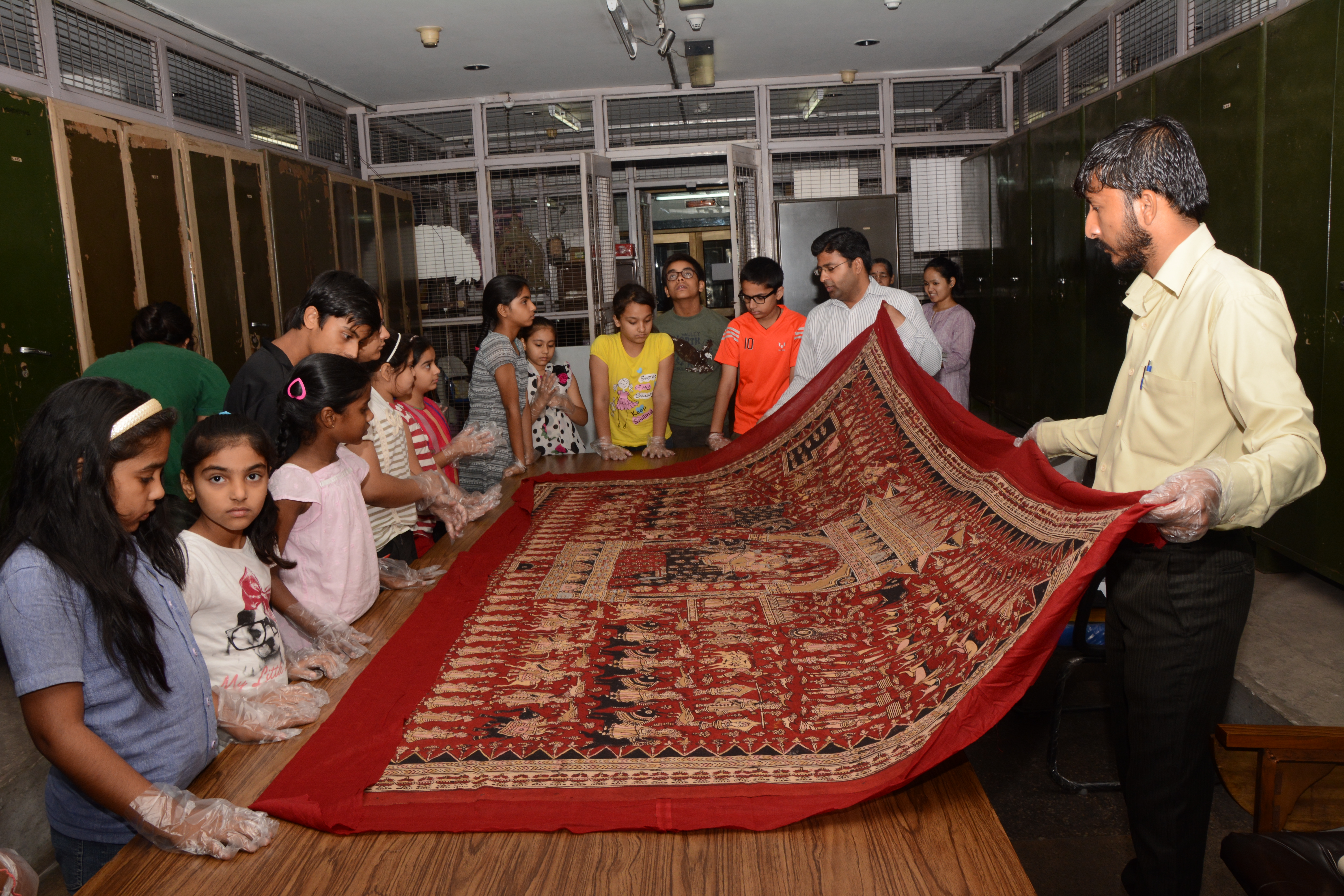
Art history/ Historiography, Crafts, Handlooms, Art
Terracotta: Continuity & Change
Mohan, Ranjana
December, 2003
Clay is regarded as sacred, holding within it the power to create and destroy. It is a symbol of impermanence and change, of regeneration and renewal, created using the three elements: earth, fire and water. Traditionally, in India, clay objects are used and then broken, to be replaced constantly by newer objects.

There are said to be over one million potters in India, producing a profusion of clay objects - using traditional techniques, and shaping and decorating the objects according to the social, religious and utilitarian needs of the region(s) and consumer(s).
In most regions, men create the clay objects and do the firing while the women are responsible for preparing the clay and for decorating the pots. The most notable exception to this is Manipur, in north-east India, where women potters outnumber the male potters.

Every region has its own folklore and beliefs centred around the use of earth to create objects. The essence, however, remains the same - a potter's livelihood and tools and techniques are gifts from the God and ancestors. It was - and still is - the potter who is the repository of the oral tradition surrounding the trade. The myths have been passed on from one generation to the next, through stories narrated by the elders of the family. Some myths have been lost, several songs and s...
This is a preview. To access all the essays on the Global InCH Journal a modest subscription cost is being levied to cover costs of hosting, editing, peer reviewing etc. To subscribe, Click Here.



